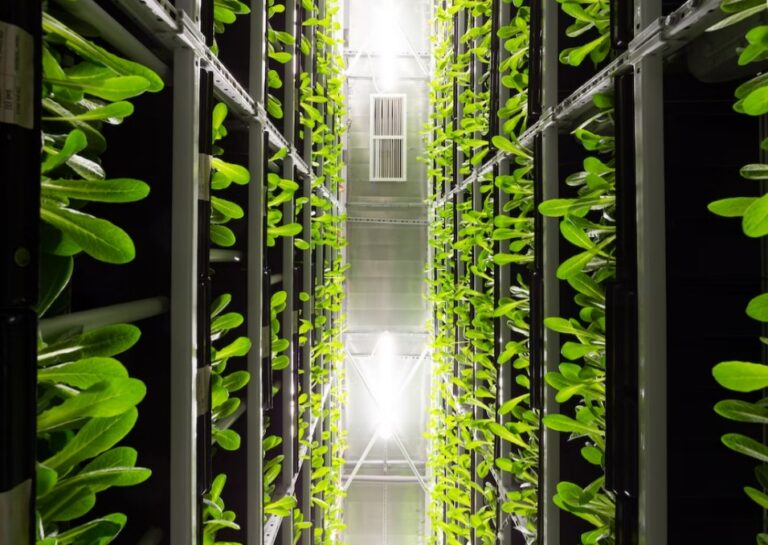The world is facing a two-headed crisis – growing unemployment and climate change. With the world’s climate in a state of flux, it is more important than ever to create jobs that address both employment and environmental concerns. That is why new green jobs have emerged as an innovative solution to both unemployment and climate change.
These are new positions designed specifically to help mitigate the effects of global warming. Here are the 12 new green jobs which are becoming increasingly popular and offer potential solutions to both environmental and economic problems.
Table of Contents
The 12 new jobs of the future
These are the new green jobs of the future in the green sectors:
1. Green designer
A green designer is someone who designs products, buildings, or entire cities with sustainability in mind. They must be aware of the environmental impact and use their design skills to create solutions that reduce energy consumption and carbon footprint. Green designers can also help create eco-friendly homes, offices, public spaces and even transportation infrastructure.
2. Urban farmer
Urban farmers are those who grow crops in cities or other confined urban areas. The Urban farming has become increasingly popular in recent years, as it offers the potential to produce high-yield crops while also reducing the environmental footprint of food production.
Urban farmers play an essential role in making sure that cities have access to fresh and nutritious foods, which can help reduce the prevalence of diet-related illnesses. They must be knowledgeable about soil conditions and crop rotation techniques to ensure optimal yields, as well as effective pest management practices.
Read also: The top 10 greenest skyscrapers in the world
3. Eco-builder
An eco-builder is someone who specializes in constructing buildings and other structures using sustainable materials and methods. They must be knowledgeable about green building standards, such as LEED certification, and be able to identify materials and methods that reduce energy consumption and carbon emissions.
Eco-builders must also be skilled in carpentry, plumbing, and other construction disciplines in order to ensure that the structures they create are safe and efficient.
4. Climate scientists
Climate scientists measure, observe, and analyze climate data to create models of the Earth’s atmosphere and explore the connection between human activity and global warming. Their research is used to inform policy decisions on mitigating and adapting to climate change.
They use data from multiple sources such as satellites, weather stations, ocean buoys, and ground-based observations to draw conclusions on the changing environment.
5. Wave producer
Wave producers create energy by harnessing the power of waves in oceans or rivers. This renewable energy is then used to power homes and businesses while keeping carbon emissions low. Wave producers are responsible for the operation and maintenance of wave energy devices, ensuring that the energy produced can be used efficiently.
6. Sustainability consultant
Sustainability consultants analyze energy use in businesses and homes to make sustainability recommendations. They are tasked with finding ways to reduce emissions while increasing efficiency. This often involves assessing current practices and suggesting alternative materials, technologies, or processes that reduce expenses and preserve the environment.
7. Hydrologist
Hydrologists study water sources, including rivers, oceans, lakes, and groundwater, in order to understand how these resources are affected by human activity. They provide information on the quality of water and its availability for drinking, bathing, or recreational uses. Their research also helps identify potential solutions for managing drought, floods, and other water-related issues.
Read also: Global water crisis: 5 actions to improve access to clean water
8. Green builders
Green builders design sustainable homes that use eco-friendly materials and practices to minimize any negative impact on the environment. They are responsible for implementing techniques that conserve energy and resources while creating a comfortable dwelling space. Green builders must be knowledgeable of energy-saving technologies such as solar panels, geothermal systems.
9. Recycling plant operatives
Recycling plant operatives are individuals who are responsible for running and maintaining recycling plants. Their responsibilities include sorting, storing, and transporting recyclable material to manufacturing companies for re-use.
These experts must have a comprehensive understanding of the process of sorting and separating materials for reuse. They often work closely with environmental agencies as well as local community groups to ensure maximum recycling takes place.
10. Clean transport manufacturers
Clean transport manufacturers create and design vehicles that are powered by clean, renewable energy sources, such as electricity or hydrogen fuel cells. These experts must have a deep understanding of the principles of modern engineering and be able to apply them in order to develop efficient and safe methods of transportation.
By creating more sustainable methods of transportation, these individuals are helping reduce the amount of greenhouse gases emitted into the atmosphere.
11. Biogas maintenance technicians
Biogas maintenance technicians specialize in maintaining and operating biogas plants. These systems convert organic waste materials, such as food scraps and manure, into usable energy. The biogas is then used for heating or electricity generation. Biogas maintenance technicians must be proficient in the workings of biogas systems and understand the science behind it.
12. Green entrepreneur
Green Entrepreneurs are individuals who use their business skills to create sustainable solutions for environmental problems. They identify areas where green technologies can be used to reduce pollution or conserve resources and then develop innovative products that make a meaningful impact on society. These experts must have an in-depth knowledge of the green sector, as well as an understanding of business principles.
The above are just some of the many new green jobs that are becoming more popular and offer potential solutions to both environmental and economic problems. These positions provide a great opportunity for those looking to make a real difference in the world. By investing in new green jobs, we can help reduce unemployment while creating a better future for our planet.
Read also: Climate engineering: what is it and why it could be a solution to address climate change












